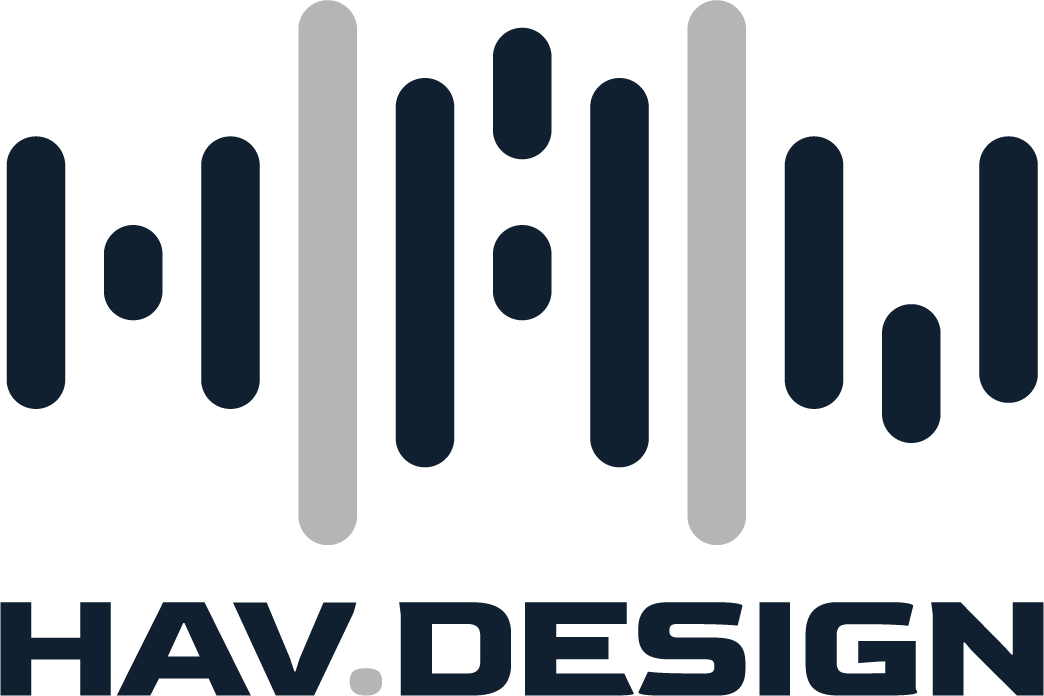
It’s encouraging that these days new technology installations in large or medium business usually come with scheduled team training on the new system. It’s an important step and shouldn’t be overlooked.
Unfortunately, even when training is scheduled and carried out the process is rarely deep enough to really ensure the technology can be used to its fullest degree and that the employees expected to manage it are comfortable and effective in their role.
In fact, I think that what’s commonly referred to as training could better be described as demonstration. Showing tech staff how to push faders, twist knobs, pan cameras, or dim the lights is critical for learning how those functions work, but without hands-on practice and repetition it isn’t really training.
Training involves working through a process, and then going back and doing it again, and then building memorization and even muscle memory through repeated attempts—including mistakes made along the way. Developing any skill requires this time commitment and practice, and this is what seems to me to be the defining element that’s missing from most modern technology training programs.
So, how do we provide a suitable environment for tech staff to practice—to TRAIN—on these systems?
It’s a big question, but an important one, and the answer will vary depending on the system and the space in which it’s installed. But here’s one way: Some time ago our team completed a large-scale audio visual system for large worship space. As you might expect, the presentations for a congregation this size were very involved, with a huge number of inputs and a very limited rehearsal schedule before a given event.
During the design phase of the system, after much discussion and feedback, a digital mixing console was chosen that allowed tech staff to track all the audio channels to a hard drive. The system configuration then allowed playback of the entire mix through the console and the house sound system. The payoff was that the team was able to track the rehearsals during the day and then make adjustments to the mix after hours, essentially allowing them to practice using the system over and over as they dialed in all settings to produce a final, optimal mix.
And the result?
Well, I had the opportunity to attend a major production after the system was installed, and the team had expertly prepared a mix that brought all the instruments and vocals through in a powerful and deeply compelling way!
It’s an ideal example, as it demonstrates how adding the right elements in the design stage can help produce a remarkable added benefit for end-users. Whether you’re working with sound, video, lighting, or other elements, having a system in place that allows tech staff to run the system—and also practice running it with real and tangible feedback—produces a far better level of experience and comfort with the system.
If you need a professional, highly experienced AV design team here in West Michigan, contact Hamilton AV Design today. Let us help you define the solutions that will give you and your team the training, experience, and confidence you need to be successful!
